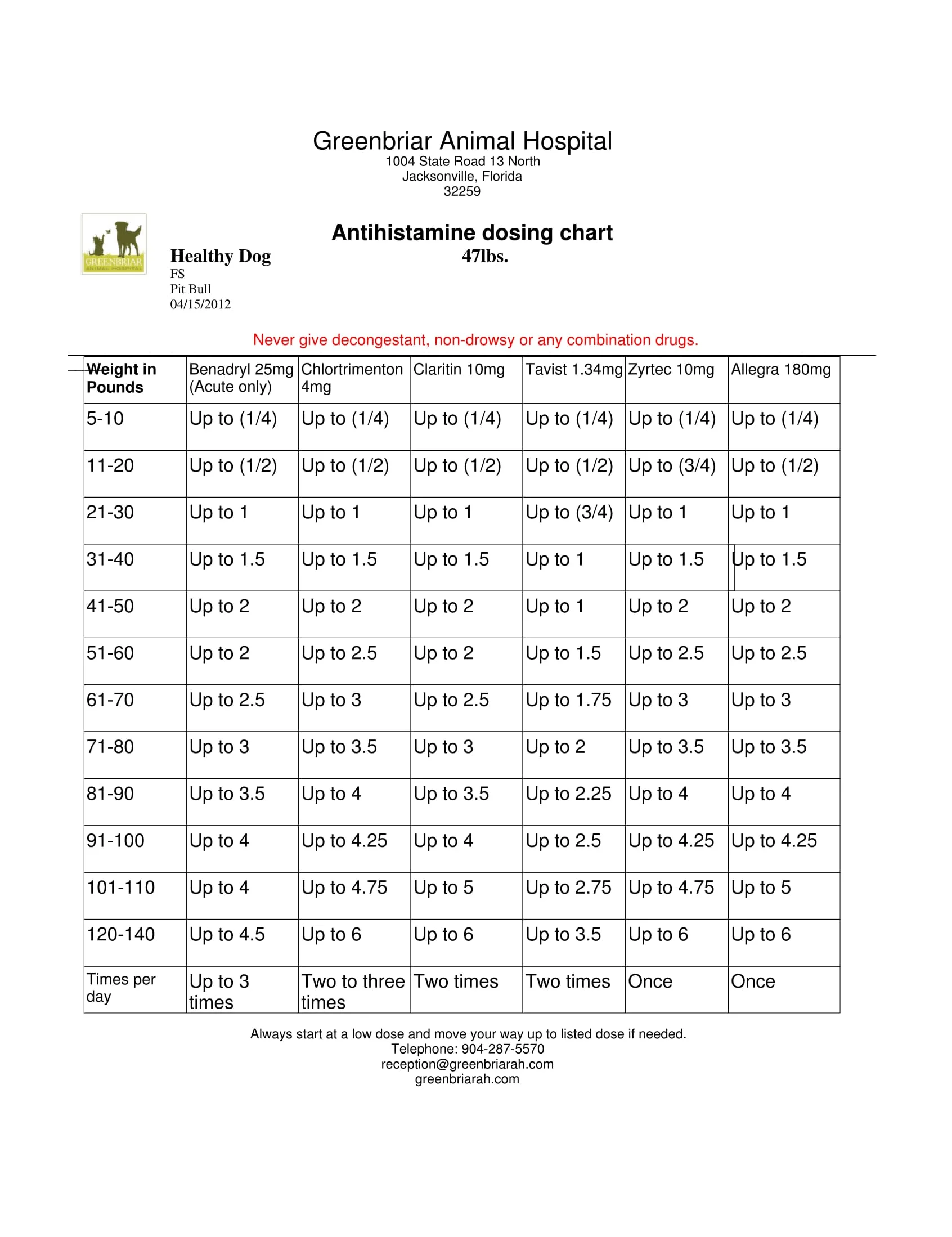Allergies
This is the most common cause of skin disease that we see and is without a doubt a most frustrating problem, since a permanent cure is not possible. The allergies tend to worsen with age and the skin to become more difficult to manage. However, there are many steps we can take to alleviate discomfort and help you and your pet to cope with the symptoms.
There are four principle types of allergic skin disease:
Flea Bite - severe sensitivity to the flea's saliva. This can occur at any age and typically starts and is worst from the waist down; top of the rump, legs and feet.
Contact Reactions - skin rashes in certain areas of the body, (eg. grass) especially where the fur is thinner.
Food Allergy - intolerance to certain foods (especially meat ingredients) causing GI and skin problems. These usually start before a year of age and most commonly affect the face, feet and ears.
Inhalant Allergy (air borne) - reactions to pollen, dust, cigarrette smoke, etc. These typically occur after a year of age and are initially seasonal. Over time they may become year-round.
ALLERGIC REACTION
Symptoms include: itchy face, itchy feet, recurrent sores or scabs, itchy anal glands and anal gland problems, debris in the ears and ear infections, sneezing and runny eyes. Your pet may have one or an assortment of these symptoms. We will treat any infection (bacterial or fungal) aggressively and then try to manage the residual allergic reaction with anti-histamines, anti-itch medicine or steroids and bathing.
The mechanism of the allergy is that the chemicals (histamines) produced by the allergy cause a breakdown in the barriers that keep bacteria and yeast from growing on the skin. The allergy will cause a certain amount of itch but the secondary infection will amplify the itch dramatically.
The treatment for allergies can be symptomatic (treating the symptoms, but not the allergy itself), or better, diagnosing the type of allergy and then treating it, not just the itch.
1. Make sure your flea prevention is being applied correctly and is working for your pet to eliminate this source of allergic reaction. This is the most common cause of itch on the back half your pet.
2. We will treat infection first (scabs, odor, sores or debris on the skin or ears).
3. Bathing is used to clean the allergens from the skin, reduce the infection on the skin and deliver topical anti-itch medicines.
4. We can treat the itch with Apoquel (selectively ONLY interrupts the itch signal) or Cytopoint. One is a pill, the other an injection. You may also safely use daily antihistamines.
5. Prednisone is used as an anti-inflammatory and anti-itch in allergies. It has numerous side-effects and so is limited in how long and how much it can be used. It comes as a pill, topical spray, ointment or shampoo or injection.
6. Bathing is a very effective but labor-intensive method of reducing itch and infection. Daily to every-other day with a medicated shampoo will be most effective.
7. If your pet has been itchy or infected since before its 1st birthday, consider a food trial. A prescription diet from your veterinarian must be used. You must feed the prescribed diet consistently and exclusively for a minimum of 6-12 weeks. NO OTHER food (including treats, chews and oral heartworm medicine) may pass your pet's lips during this "experiment". Pet store and grocery store pet foods may claim to be exclusive in their ingredients but do not consistently fulfill their requirements to make them a valid testing alternative.
8. Allergy testing is available after the food and and flea trials have been completed. There is an in-house option which is a blood test, or an option to see a Board Certified Veterinary Dermatologist who can do an intra-dermal test. These tests identify inhalant and parasite allergens and allow us to follow up with hyposensitization to those allergens.

